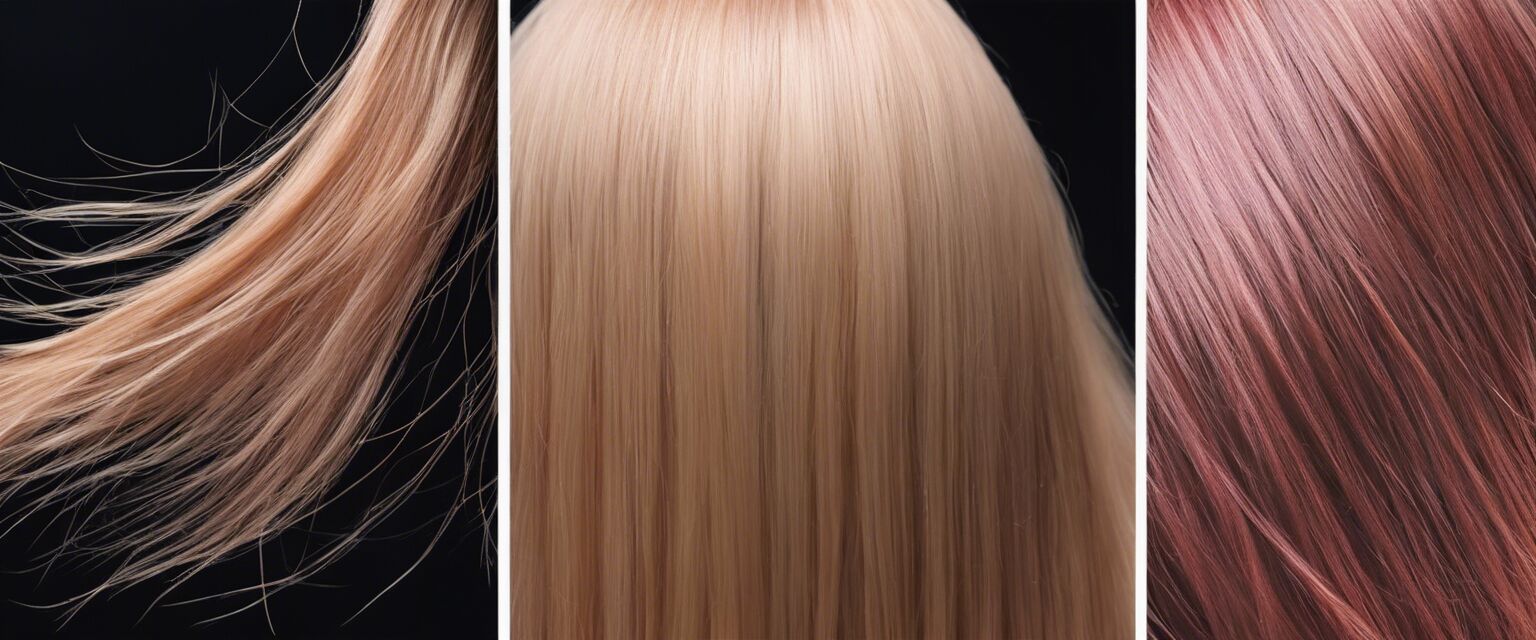
Red light therapy vs. other hair growth methods
Key Takeaways
- Red light therapy utilizes low-level wavelengths to stimulate hair follicles.
- Different hair growth methods have unique approaches and effectiveness.
- Combining various treatments often leads to better results.
- It's essential to understand individual needs before choosing a hair growth method.
Choosing the right method for hair growth can be challenging. With various options available, like red light therapy, topical treatments, and nutritional supplements, the decision often depends on individual circumstances. This article dives deep into red light therapy and compares it to other hair growth methods to help you make an informed choice.
What is red light therapy?
Red light therapy (RLT) involves the application of low-level wavelengths of red light to the scalp. It aims to enhance cellular function and promote hair growth. Many users have integrated RLT into their hair care routine, claiming positive results.
The science behind red light therapy
RLT is based on the principle that light can stimulate biological processes. By improving cellular metabolism and increasing blood flow, it potentially revitalizes hair follicles, allowing for enhanced hair growth.

Other hair growth methods
While RLT has gained popularity, there are other methods available for hair growth. Let's take a look at some common alternatives.
1. Topical treatments
Topical treatments, like minoxidil, are widely used and are FDA-approved for promoting hair growth. They work by increasing blood flow to the hair follicles.
2. Nutritional supplements
Many people turn to nutritional supplements such as biotin, iron, and vitamins to enhance hair health. Adequate nutrition is essential for hair growth as it nourishes follicles.
3. Hair transplantation
Hair transplantation involves moving hair follicles from denser areas to areas with thinning or no hair. It provides immediate results but can be invasive and costly.
Comparison of methods
| Method | Effectiveness | Side Effects | Cost | Accessibility |
|---|---|---|---|---|
| Red Light Therapy | Moderate | None | Low to Moderate | Home devices available |
| Topical Treatments | High | Itching, redness | Low | Easy to find |
| Nutritional Supplements | Moderate | None (if taken correctly) | Low | Readily available |
| Hair Transplantation | High | Infection, scarring | High | Requires a specialist |
Pros and cons of red light therapy
Pros
- Non-invasive and painless.
- Can be used at home with portable devices.
- No reported serious side effects.
- Combines well with other treatments for enhanced results.
Cons
- Results may vary per individual.
- Requires consistent usage for optimal results.
- Effectiveness can take time to notice.
Combining treatments for optimal results
While individual methods can generate results, many people find they achieve better outcomes through a combination of treatments. For instance, pairing red light therapy with nutritional supplements may enhance overall hair health.
Conclusion
Ultimately, the choice between red light therapy and other hair growth methods comes down to personal preference and individual hair loss conditions. Understanding each method's effectiveness and potential side effects will help you decide the best path for your hair growth journey.
Tips for beginners
- Consult a healthcare professional to assess your hair loss condition.
- Start with one method before combining treatments.
- Be patient; many methods take time to show results.
- Read user reviews and conduct thorough research before investing in products.
Additional resources
For more information on different hair growth methods, check out our guides on:








